How To Store Water For Drinking And Cooking
You may remember me talking about how to store water for drinking and cooking. This is a friendly reminder through an update to stock up on water for drinking, particularly if you haven’t started that effort yet!
Obviously, we know that water is vital for life to exist as we know it. But, did you know that our freshwater sources are only 2.5% of the water on Earth? And, two-thirds of that water is frozen in glaciers, but that supply is dwindling more every day. This means in times of disaster, water is going to be in high demand and supplies are limited.
Water demand already exceeds supply in some parts of the world, which means storing water for drinking and cooking is of utmost importance. Here in Utah, water conservation efforts are a topic in the news almost daily.
Along with all the other western states, Utah is still struggling with a drought that has been affecting the available water supply for many years now. The Colorado River which supplies much of the usable water for many states along its path to the sea is shrinking, causing the man-made lakes designed to store its life-giving water to also shrink to levels never seen since the construction of the dams.
The future of usable water here is truly in jeopardy, and we all need to stock up now so we are prepared if things don’t improve, or get worse.
Below, I will be sharing with you some reasons why we need to stock up on water, how much we need, and just how to do that!
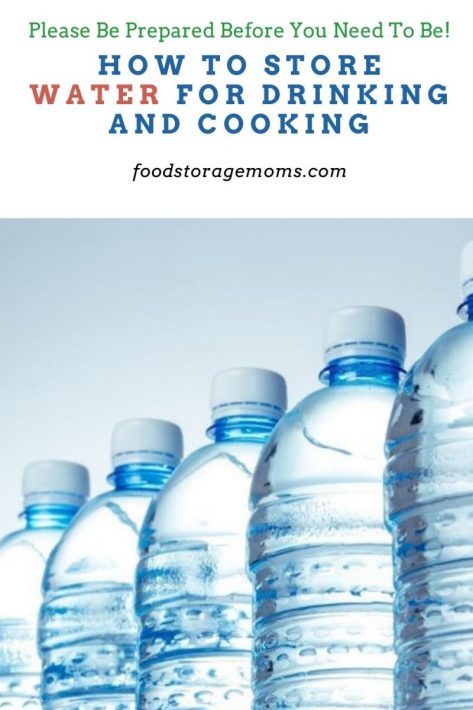
Why Should You Be Concerned About Prepping?
I cringe when I hear, “I need to go help my grown children if we have a disaster,” really? Are you freaking kidding me? For the love of your children, I hope you taught your adult children to be self-reliant so they are ready BEFORE a disaster strikes.
When a disaster hits, more than likely there will be zero food stamps, zero banks open, zero ATMs that work, and the grocery shelves will be empty. Please promise me you will NOT be standing in line waiting for a case of water from your local government.
The time is now to be prepared more than ever before. Besides the shrinking supply of local water resources, Russia tried to hack our grid system, for example.
Please read the book “Lights Out” by Ted Koppel. I love to “read” audible books, this is the best book, besides mine, “Prepare Your Family For Survival.” It’s a no-nonsense book to help you to be prepared in case we have a large power outage or disruption. Have your family read it, it’s critical to be prepared today, not next week.
Why Can’t We Use Nearby Lakes For Water?
I’m going to share how I store my water. Keep in mind some of the water you think you may be able to harvest after a disaster may be diverted in a totally different direction and the water source may even dry up.
Some people, like my friend Lori in Michigan, have several lakes surrounding the general area where she lives. But, when there is a natural disaster of any kind, the water may be tainted with algae and is not able to be used for bathing, cooking, or brushing your teeth, to name a few things.
Additionally, the water in lakes and rivers may contain harmful bacteria, chemicals, feces, and other things you don’t want in or on your body, so part of your plans would be to get and learn how to use water filtering systems.
It is important to be ready for backup plans B, C, & D when your plan A doesn’t work anymore.
What Things Do We Need Clean Water For?
You probably realize that you will need water for both drinking and cooking, but you need to keep in mind other reasons you will need clean water, such as:
- Washing Dishes
- Taking showers and baths
- Flushing toilets
- Brushing your teeth
- Health concerns, like cleaning cuts, scrapes, and burns
Yes, you could use other than culinary water to flush the toilet, but who wants to keep two separate storage systems fully stocked?
Of course, if we have a real disaster, and I’m expecting one, or I wouldn’t be doing what I’m doing, you will need quite a lot of water.
How Much Water Do We Need?
You may know by now that The American Red Cross recommends one gallon of water per person per day. Additionally, they recommend that everyone have enough water to last at least three days. Three days of water should be enough to get you through periods of water shut-offs or contamination from natural disasters like earthquakes, tornados, and ice storms, in many cases.
Three days is a good starting point, but let’s face it, many disasters can keep things shut down for much longer than that. Therefore, it is recommended that you store at least two weeks’ worth of water at 1 gallon per day per person.
I am here to tell you, that’s not going to cut it, period. You need four gallons of water per person per day.
We need to have sufficient water to drink, minimum personal hygiene, washing dishes (unless we have a bunch of paper plates and plastic utensils stored), and enough water to at least wash our underwear as needed.
Mark and I need 8 gallons of water per day, and 56 gallons per week. It’s all in the numbers, 8 gallons a day times 7 days equals 56 gallons per week.
That’s a lot of water if you’re trying to store water for a long-term outage. Now, I can stretch the water, but I would rather have more water than not enough. This is why preparing is so important.
I’m telling you today, actually, I’m begging you, to get water purifiers and store lots of water. Please do the calculations for the water your family needs. I hear people mention to me, “I’m going to Linda’s,” please don’t count on it. We must be self-reliant. I have water stored for Mark and me, period. I don’t have a community water tank outback!
Are Emergency Water Packets a Good Idea?
A reader asked me about these packets, Emergency Water Packets. These little packets are great for backpacks, but they are too expensive to store water for everyday drinking purposes in large quantities.
I get thirsty just thinking about how small the packets are. But I drink a lot of water throughout the day. They would be okay for the car, but I can’t recommend them unless you put a box of them in the car for emergency use.
If you have very many people in the car they would only “wet your whistle,” so to speak. Let’s get real here my friends, we are so subject to the dwindling water resources we rely on, and that’s without the unexpected disasters caused by earthquakes, wildfires, tornados, etc. we read about all the time.
Because we can’t continue to rely on the government to provide all the water we need since there are no adequate ways of storing water for everyone’s needs, please consider my recommendations for storing water.
Store Water For Drinking
Below is a list of options that you have when it comes to storing water for a disaster. Please remember to store water containers on 2 by 4’s to keep the containers from leaching the chemicals from the cement. Make sure all water containers are BPA-free and safe for water storage. Some people assume that all storage containers are manufactured to be safe for water storage, and that isn’t the case. Be sure to perform your own research to be sure!
55-Gallon Water Barrels or Water Tanks
Be sure and get a pump so you can draw the water when needed. Some storage tanks have spigots to drain the water, but most 55-gallon barrels don’t. We recently had to move four of these barrels and Mark was pleasantly surprised that the “pump” we bought actually acted like a siphon, and he was able to drain them in about 20 minutes each.
How to protect the water so it can be used later is a really important issue. Many people use drops of bleach when they fill the barrels. Yes, you can use that method but plan on draining them every six months or so as the bleach loses its effectiveness. Also, plan to use unscented bleach so you don’t contaminate the water with possibly harmful chemicals.
I became aware of a great water treatment solution some years ago called Water Preserver. If used in the proper quantity, your water will be safe for up to five years. These barrels use one full bottle of Water Preserver.
You may be able to pick up the 55-Gallon water barrels online from Walmart or other stores. This is one of my new favorite water tanks: PURCHASE HERE: 55-Gallon Water Tanks
WaterBricks
These are stackable and I use 1/2 teaspoon of Water Preserver per 3.5-gallon container. I like them due to their compact size and their weight, making it easier to move them if needed. For years we’ve had over 50 gallons stored in these units under a queen-sized bed in our home. They come with a handle, again making them handy for use and portability. PURCHASE HERE: WaterBricks
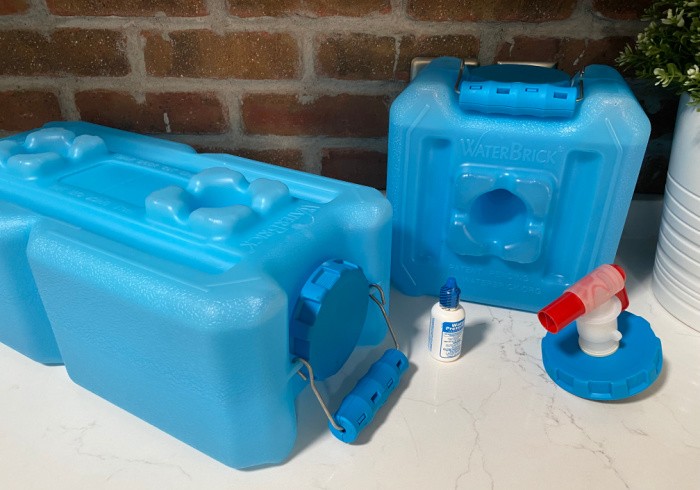
High-Capacity Water Tanks
You can also purchase tanks that hold 160, 250, 350, and even more gallons of water. They can be found at many emergency preparedness stores. Some of the smaller 160-gallon tanks stack. We’ve had 160 and 250-gallon tanks in our garage for some time now.
They both have two spigots for easy drainage. The spigots are located near the floor and up a foot or two so you can put a bucket underneath for drainage, and so you don’t have to bend over as far
I can’t tell you how comfortable and confident I’ve felt having those. You’ll have to follow the instructions on the side of the Water Preserver containers to determine how much of their solution is needed for the larger tanks. Just remember, they are good for 5 years with that approach to water protection.
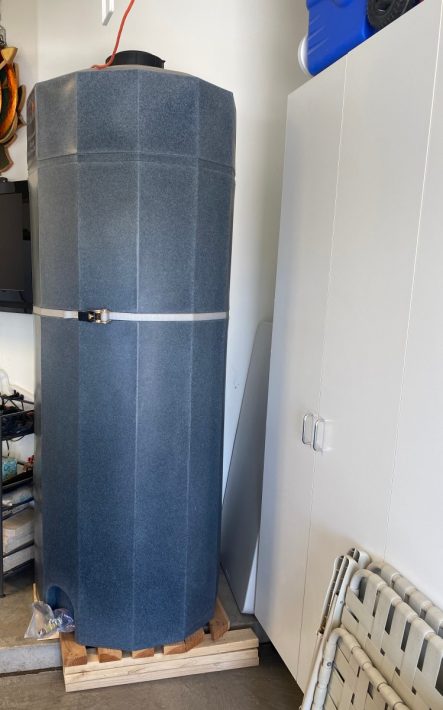
BlueCans
BlueCans are another product I’ve come to appreciate and use. Yes, they can prove to be more costly if purchased in larger case quantities, but the water lasts for decades, doesn’t require any additives, stacks when purchased by the case, and can withstand temperatures up to 150 degrees. Again, no added preserver is needed. Yes, they are expensive, but I want several types of water sources at my home. The cheapest place to buy these is Brownells. Watch for coupons and free shipping.
I’ve had a number of cases stored behind my TV entertainment center in our master bedroom for a few years now. The water tastes great. I gave each of my daughters some cases for Christmas a few years ago, just in case.
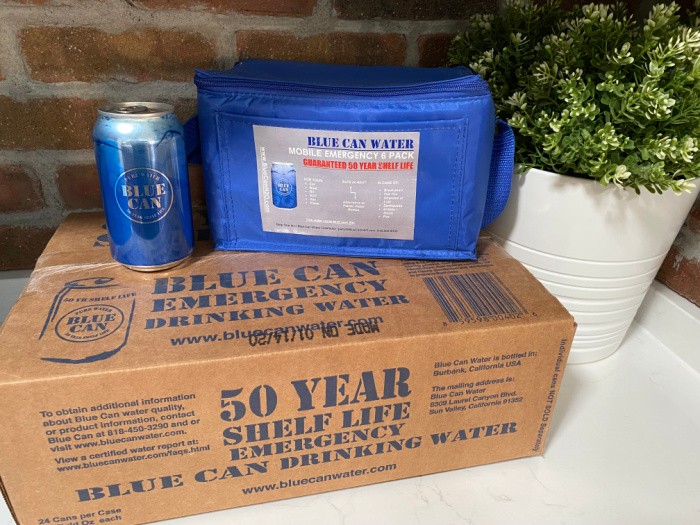
5-Gallon Water Containers
You can buy 5-gallon water containers that are stackable. They do weigh more, making them a little harder to move around. Most families should consider buying a few at a time to see how they like this size. They can be purchased as stackable units. I quote: (two or three high at the most) PURCHASE HERE: 5-Gallon Water Containers
- Portable (approximately 11.25″ x 10″ x 14.25″ tall)
- Stackable
- BPA free Food-grade Plastic; Plastic resin USA sourced
- Includes one spigot and one cap wrench
Here are some additional posts that will show you how I store several emergency items in my small home: Linda’s Home.
Purifying Water that You Store
Here are my recommendations for purifying the water you store for drinking and cooking.
Buy here: Big Berkey
I prefer black ceramic filters because they filter and purify large quantities. I quote from their website:
- Includes: Stainless Steel Spigot for Berkey System
- Purifies up to 3.5 gallons per hour
- Filter Life: Up to 3,000 gallons per filter element
- Holding Capacity: 2.25 Gallons
- High Grade 304 Stainless Steel
 Buy here: Berkey Sports Bottles
Buy here: Berkey Sports Bottles
I gave every one of my family members one of these as a gift. They are awesome! I quote:
- Filters can be replaced
- Can be refilled up to 640 times using a municipal water source
- Reduces harmful microscopic pathogens: Cryptosporidium, Giardia, E-coli 99.99999%, and other pathogenic bacteria
- Removes unpleasant taste and odors, cloudiness, silt, sediment, and chlorine
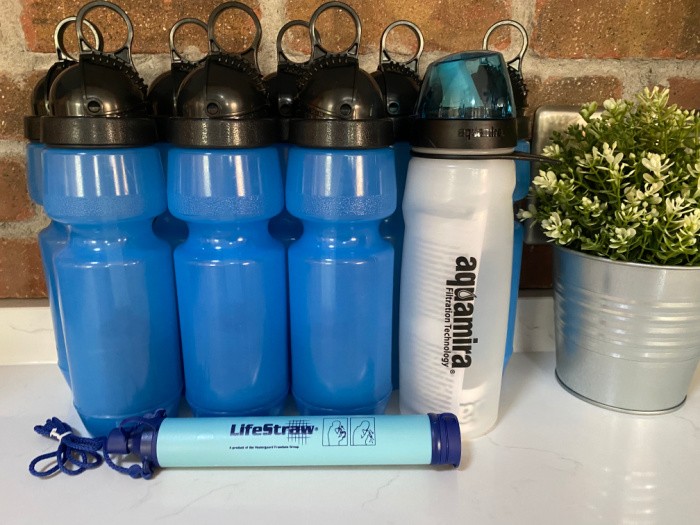
 Buy here: Lifestraws
Buy here: Lifestraws
I have given these to my grandkids who hike. I quote:
- This official LifeStraw personal water filter will provide 792 gallons (1,000 liters) of safe drinking water without using chemicals, iodine
- Removes 99.9999% of bacteria including Escherichia coli (e-Coli), Campylobacter, Vibrio cholera, Pseudomonas aeruginosa, shigella, salmonella
- Removes 99.9% of protozoa including giardia lamblia (beaver fever), Cryptosporidium parvum, Entamoeba histolytica
- No shelf life – can be stored indefinitely, even after use
- Perfect for your family and friends to use during camping, hiking, and backpacking, or for your emergency kits at your home, car, and office
Water Preserver
Use a Water Preserver in the water you store, it’s approved by the EPA. I quote:
- Use tap water to store emergency drinking water for 5 years. To be used with 55-gallon water storage barrels.
- Water Preserver is the first and only product recognized and proven effective for 5-year water storage, registered and licensed by federal and state EPA.
- The water Preserver was scientifically tested for 10 years to ensure its potency for 5-year storage.
- Guaranteed 100% effective.
- Water Preserver is a proprietary formula of stabilized, ph-balanced sodium hypochlorite with highly effective residual action that kills bacteria, viruses, mold, and fungus. Accept no substitutes.
Are There Other Sources of Water for Storage I Should Consider?
There are at least two other considerations I can suggest as follows:
If you live in an area where you receive consistent rain, you may want to consider looking into rain barrel storage. The first concern is if your local government agencies will allow you to collect and store rain runoff. I haven’t performed extensive research on the matter, but do understand that some states and or municipalities don’t allow it.
If allowed, you then need to determine the best location on your property for the barrels. It would seem logical to dig a hole right under the drain spout, place the barrel so the water fills the barrel, and then bury the barrel so it’s out of sight. The challenge I see is how do you drain the water from the barrel if you need to use it, and what to do when the barrel gets full and can hold any additional rain.
I’m sure you can get some design specs from the manufacturer, and your local water regulators probably have some design and code specifications to follow. Good luck, and remember, the water has to be treated if used for drinking and/or cooking.
The second consideration is if you have a stream, river, pond, lake, etc. that is readily available. Unless there are any restrictions, these may prove great sources of supplemental water. There may also be a well or two close by where water can be shared by neighbors. Either way, you’ll need to figure out a way to get the water to your home, and that might not be easy, particularly in large quantities. Finally, this water will also need to be filtered/treated before culinary use.
Be Prepared Like Lori
A friend, Lori, shared the following picture. She teaches small groups how to be prepared so they learn skills she knows. I applaud her work. She purchased a hand pump for $9.99. Here’s this great Bottle Buddy Holder or this one Bottle Buddy 3 Tier System (3 Pack) 9-Bottle, Black. You may be able to buy the 5-gallon bottles at your local grocery store. If not, they are available on Amazon: 5-Gallon Water Bottles
Final Word
I didn’t buy all of these water containers at the same time or place, I’ve been buying them a few at a time. Please teach others in your neighborhood how to store water for drinking and cooking, and don’t forget personal hygiene.
Thanks for being prepared for the unexpected. May God bless this world, Linda

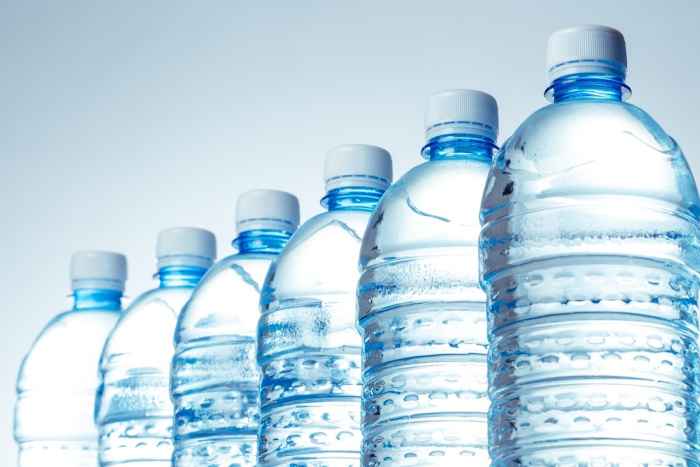

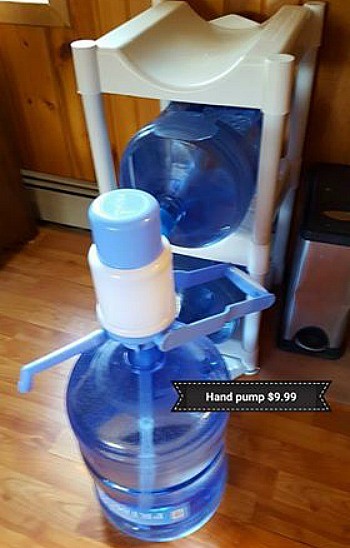
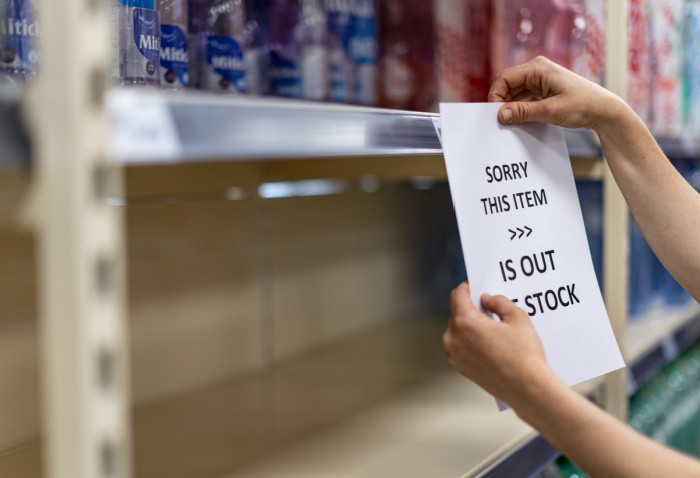
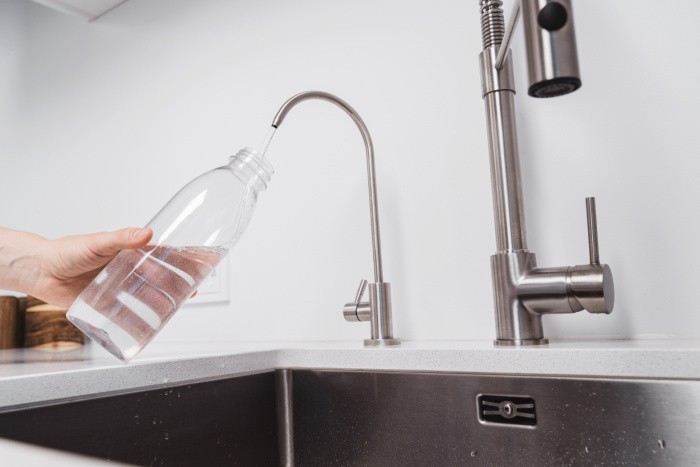
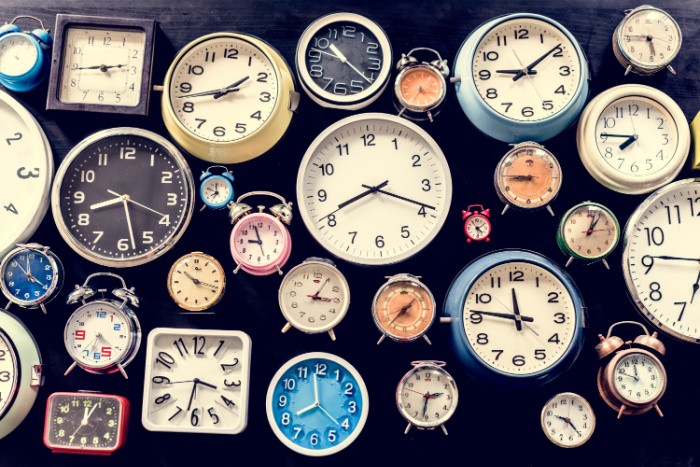
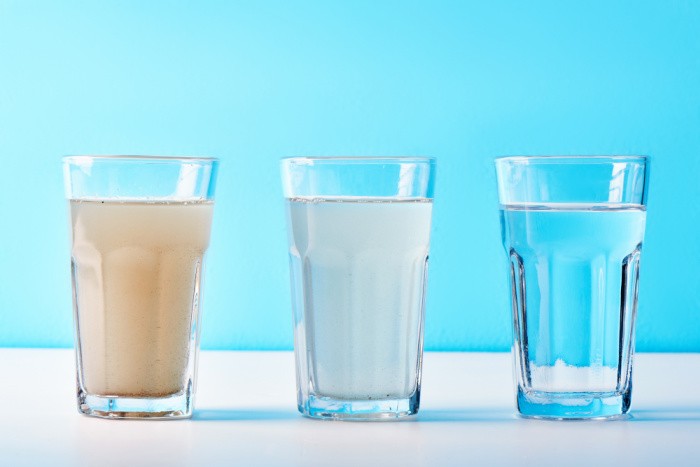
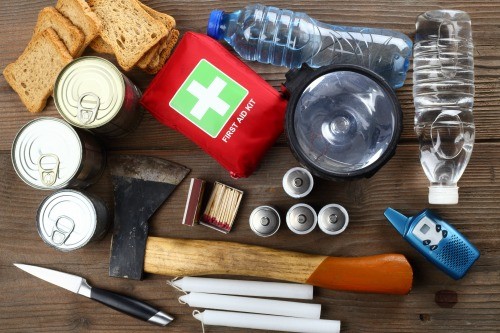
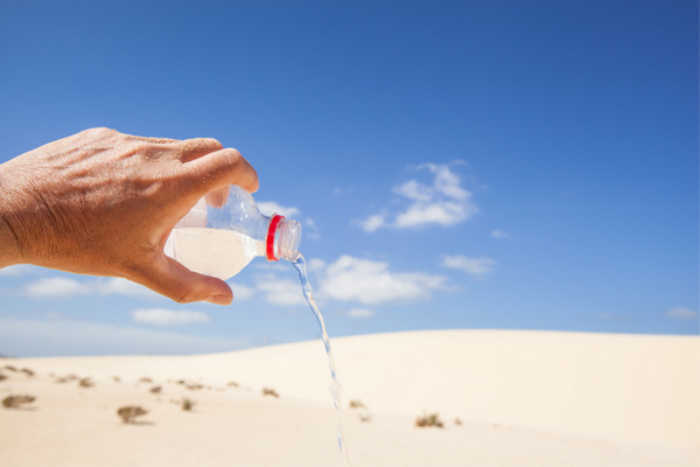
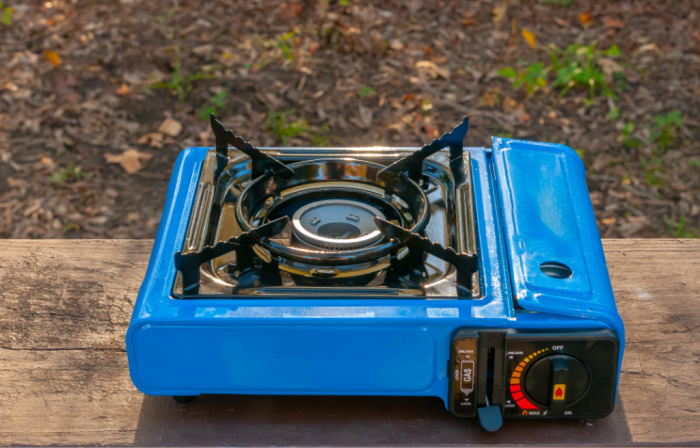
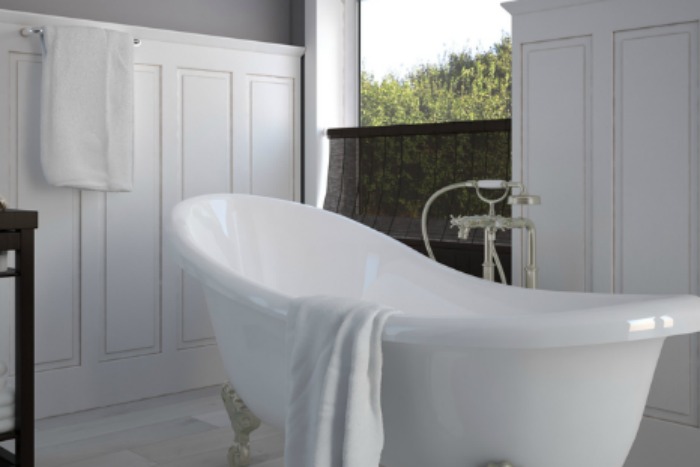
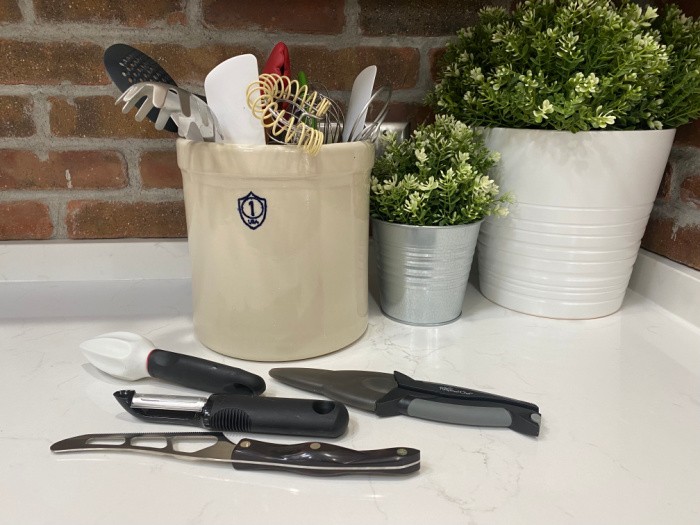
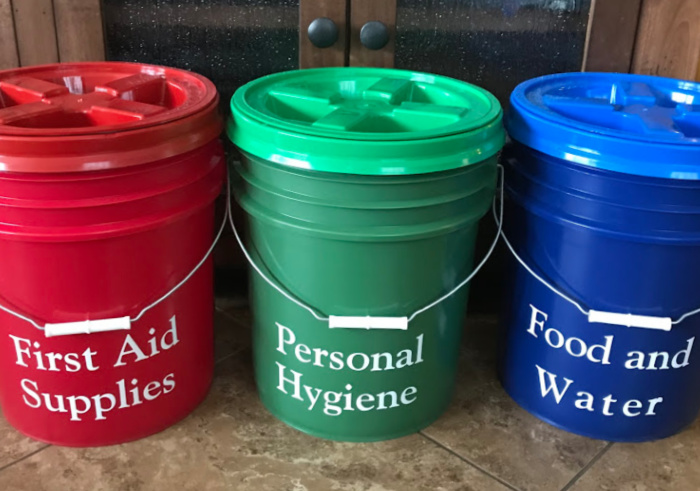

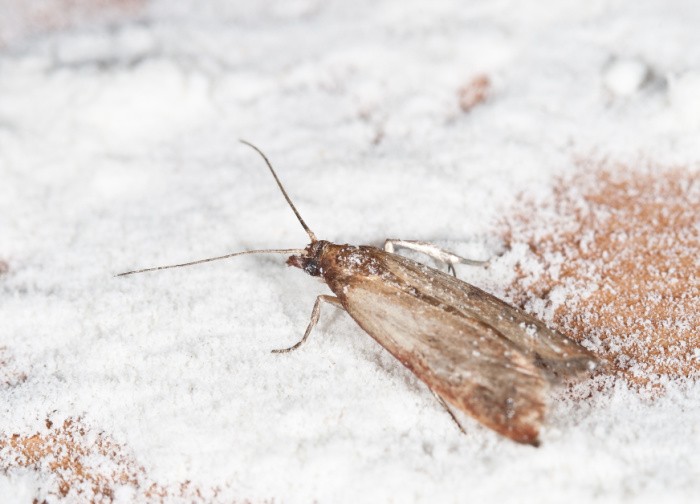
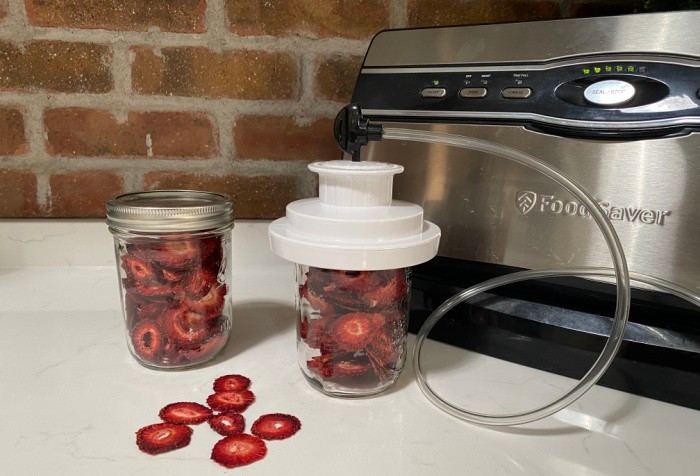
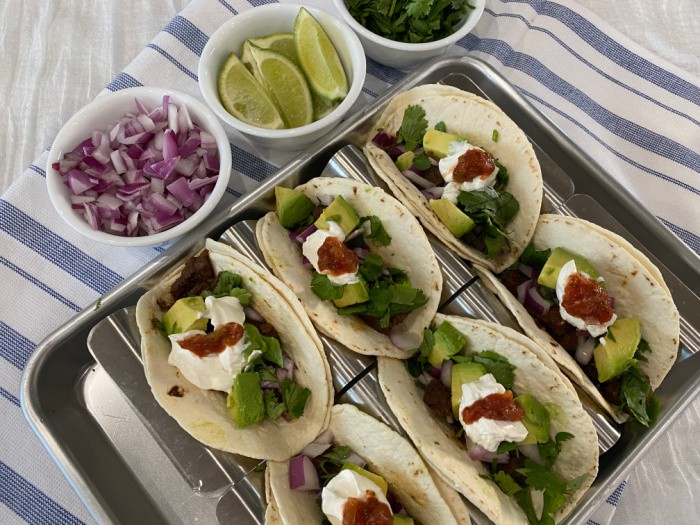
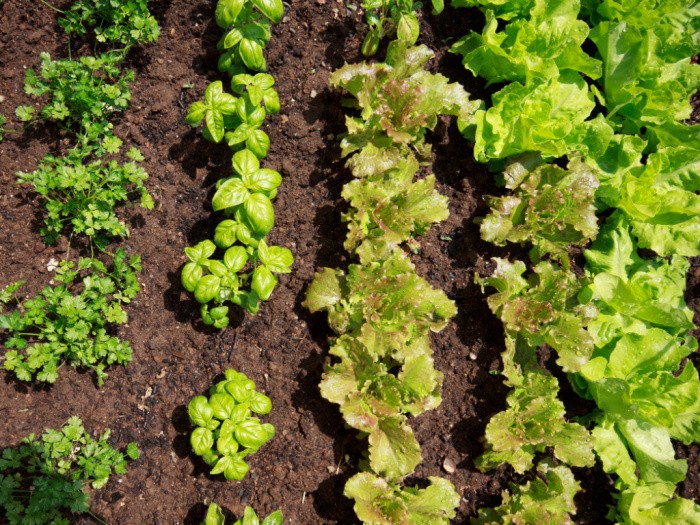
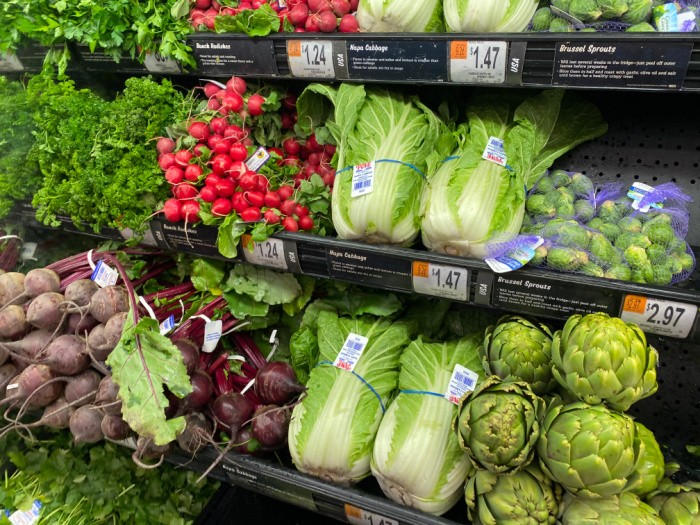
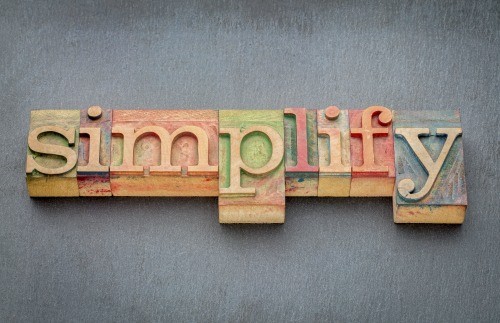
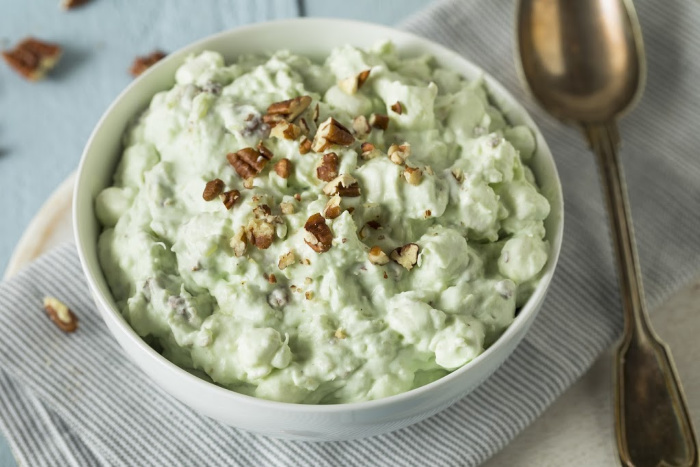

Do you have a link for the hand pump?
Hi Karl, I do not have a link for the hand pump. I wish I did!! I’m sorry I should have asked her. I hope she sees this post. Linda
Hi Karl, this looks like the pump: https://amzn.to/2KCCtE0 Linda
Here’s the one that Susan mentioned below from Lowe’s: https://www.lowes.com/pd/Primo-Manual-Water-Pump/3172675
Hi Karl, thanks so much!!! Linda
Did I miss it? Where do you buy Water Preserver
Hi Jennifer, I have a link to on the post. Let me grab it. You can also buy it at Emergency Preparedness stores. It’s on Amazon: https://amzn.to/31FG4GY
How about a old fashion hand water pump that fits on the well casing? Of course you wouldn’t want to use it during a nuclear disaster.
Where can you get the 55 gallon PBA Free barrels?
Hi Susan, I got mine at Walmart. I also got a couple through an Emergency Preparedness store. I turned them upside down to see the numbers on the bottom, Linda
I have one of the water pumps as seen in the picture. I got mine at either Home Depot or Lowes they both probably carry them. You may want to get extra line as well.
How long are water bottles bought for a water cooler good for? Could that be a way to store water?
Hi Janice, that’s a very good question. I used to buy those until I put in a reverse osmosis system. I used to buy ten bottles at a time. I would check with the company where you purchase them. I am guessing six months at the most. Linda
Thank you. Could you add a water preserver to it?
Hi Janice, I don’t know why you couldn’t, the caps are airtight, I would think. Linda
Have to bring this up…
“Use Water Preserver in the water you store, it’s approved by the EPA. ”
are they part of a sales deal?
All this stuff is = Sodium hypochlorite! Didn’t I see an article from you on using HTH to sanitize/preserve water? I bought some, it was under $10 and that one bag would treat 30,000 gallons o.O
Granted for some people who wouldn’t be able to safely handle HTH the cost (and short shelf life) of this preserver might be a good deal 😉
What are your thoughts Linda?
Hi Bruce, thanks for the tip. The Water Preserver I talk about is not a sales deal for me. I just teach safe ways to store water and food. This is a great tip if you know how to handle it. I can’t suggest something I have never used. Thanks for letting us know about this product. I will keep buying the bottles because they work for me. Great tip, Linda
I like what you said about storing clean water so that you can wash dishes. My wife and I would like to be prepared for emergencies. We’ll be sure to look into our options for storing water to help with this in the future.
Hi Tyson, thank you so much for commenting. Storing water is critical to store. Linda
Thoughts on this system?
Hi Robyn, I talk about this 55-gallon water barrel in my post. They are fine, they are not my favorite. I do have four of them on the side of my house with UV covers because of the high temperatures we get in Southern Utah. I always recommend more than three ways to store water. Plus, a way to filter or purify it. Linda
I too am in So Utah…recently moved here. Because of the temps, I’ve been cautious about storing water outside but getting nervous about not having enough water stored since the move. Glad to see you mentioned that you do that down here. Do you just use the Water Preserver in it and that’s all? I have worried about algae or it becoming unsafe to drink somehow. I would be very interested in knowing more about outside storage. (Great article in the SG Magazine btw, will definitely follow!)
Hi Lisa, oh thank you for your kind words. Here’s the deal, I have four-55-gallon water barrels sitting on 2 by 4’s outside on the side of my home. Because of the heat here, I bought UV Barrel bags. I have lived here 16 years and just barely replaced the covers from the heat. Here are the ones I purchased: https://amzn.to/3dkYfu0 Yes, they are very expensive but my barrels look like new under them after 15 years. In other words, the bags lasted 16 years. Yes, I put Water Preserver in them. They will not get algae because the barrels are dark and airtight. But, that’s not my favorite water, I have water in a 250-gallon high-capacity tank (from “Your Family Matters”) by Croshaw Pies. All my water has Water Preserver but this tank. They gave me some silver to put in it. I also have a 160-gallon high-capacity tank. My 160-gallon tank has Water Preserver as well as my WaterBricks under a guest queen bed. My favorite water is the BLueCans (the cheapest place to buy them is at Brownells). If they are out of stock get on their waiting list. I buy the 24 cans-12 ounces. I have 28 cases or maybe more. Buy them slowly. They have free shipping sometimes. https://www.brownells.com/emergency-survival-gear/water-amp-hydration/water-storage/blue-can-water-prod72110.aspx. I hope this helps you, Linda
Thank you so much for the detail! So helpful!! I feel much more at ease now knowing “where and how” locally. My next thing to tackle is learning how to garden in this soil and heat down here. 🙂 I was quite good at gardening up north, but it feels like a whole new animal down here. I will be scouring your site to see if there’s anything on gardening specific to the heat and horrible soil. Thanks again!
Hi Lisa, you are so welcome!! Go to Star Nursery and get the soil, Dr. Q’s peach-colored bags for herb and vegetable gardens. They cost $12.99 for 2 cubic feet. I have seven 4-foot square raised garden beds. I put a new bag in each one every year. Plus 1/3 of a bag of worm castings in each raised garden bed. It’s totally different here. I moved from Riverton, UT. where they had dark rich soil. It has taken me a few years to get to where I can grow just about anything. If you buy sunshade you can have two gardens. I will be writing a post about the sunshades. Or you can have one garden and skip them. If you want to buy plants, go to Ballard’s Nursery in LaVerkin, Utah. They have the best plants and advice. You can do this, I promise. Linda
Did you ever write your post about sunshades for gardens? I can’t find it on your site. Thanks for renewing hope for me to garden in this new climate for me. 🙂
Hi Lisa, I have not yet written that one. Let me get you the link to what I’m going to write about. Do you follow me on Instagram? I just did a video of part of my backyard. @foodstoragemoms (Instagram). I will attach the sunshades to the frames my son-in-law built for me. This makes me think maybe I should write it now. Here is the link to the size I bought. They are green screens/sunshades. https://amzn.to/2Rb5fRV I will attach to the frames. I better work on this, a great reminder. Linda
Thank you for this article. Where do you get the big bottles to go in the Buddy Bottle racks?
Hi Terry, thank you for asking. I just added a link to the post. You may be able to buy them from your local grocery store, if not you can get them on Amazon, https://amzn.to/3f3UkCb. Linda